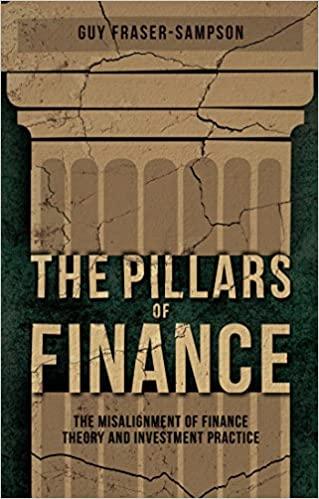Question
Part 1) At age 30 you invest $1,000 that earns 8 percent each year. At age 40 you invest $1,000 that earns 12 percent per
Part 1) At age 30 you invest $1,000 that earns 8 percent each year. At age 40 you invest $1,000 that earns 12 percent per year. In which case would you have more money at age 60? Please show your calculations and explain how you got to your result. Part 2) At age 25 you invest $2,500 that earns 8 percent each year. At age 40 you invest $2,500 that earns 11 percent per year. In which case would you have more money at age 65? Please show your calculations and explain how you got to your result. Also, please explain the value of investing earlier in life rather than later in life. Although this question may sound easy, give me examples and good evidence as to why it is beneficial
Step by Step Solution
There are 3 Steps involved in it
Step: 1

Get Instant Access to Expert-Tailored Solutions
See step-by-step solutions with expert insights and AI powered tools for academic success
Step: 2

Step: 3

Ace Your Homework with AI
Get the answers you need in no time with our AI-driven, step-by-step assistance
Get Started


